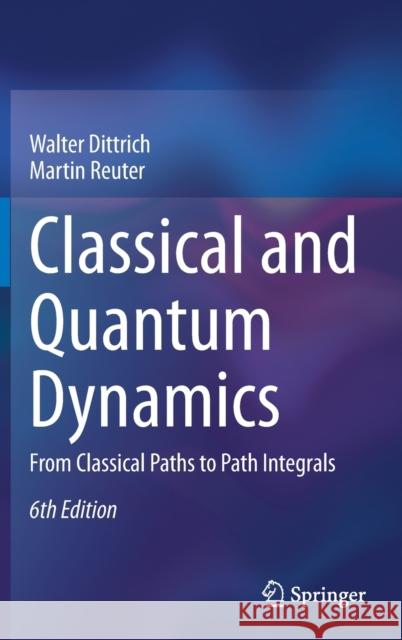Classical and Quantum Dynamics: From Classical Paths to Path Integrals » książka
topmenu
Classical and Quantum Dynamics: From Classical Paths to Path Integrals
ISBN-13: 9783030367855 / Angielski / Twarda / 2020 / 563 str.
Classical and Quantum Dynamics: From Classical Paths to Path Integrals
ISBN-13: 9783030367855 / Angielski / Twarda / 2020 / 563 str.
cena 346,16 zł
(netto: 329,68 VAT: 5%)
Najniższa cena z 30 dni: 344,56 zł
(netto: 329,68 VAT: 5%)
Najniższa cena z 30 dni: 344,56 zł
Termin realizacji zamówienia:
ok. 20 dni roboczych.
ok. 20 dni roboczych.
Darmowa dostawa!
Kategorie BISAC:
Wydawca:
Springer
Język:
Angielski
ISBN-13:
9783030367855
Rok wydania:
2020
Wydanie:
2020
Ilość stron:
563
Waga:
0.97 kg
Wymiary:
23.39 x 15.6 x 3.17
Oprawa:
Twarda
Wolumenów:
01











